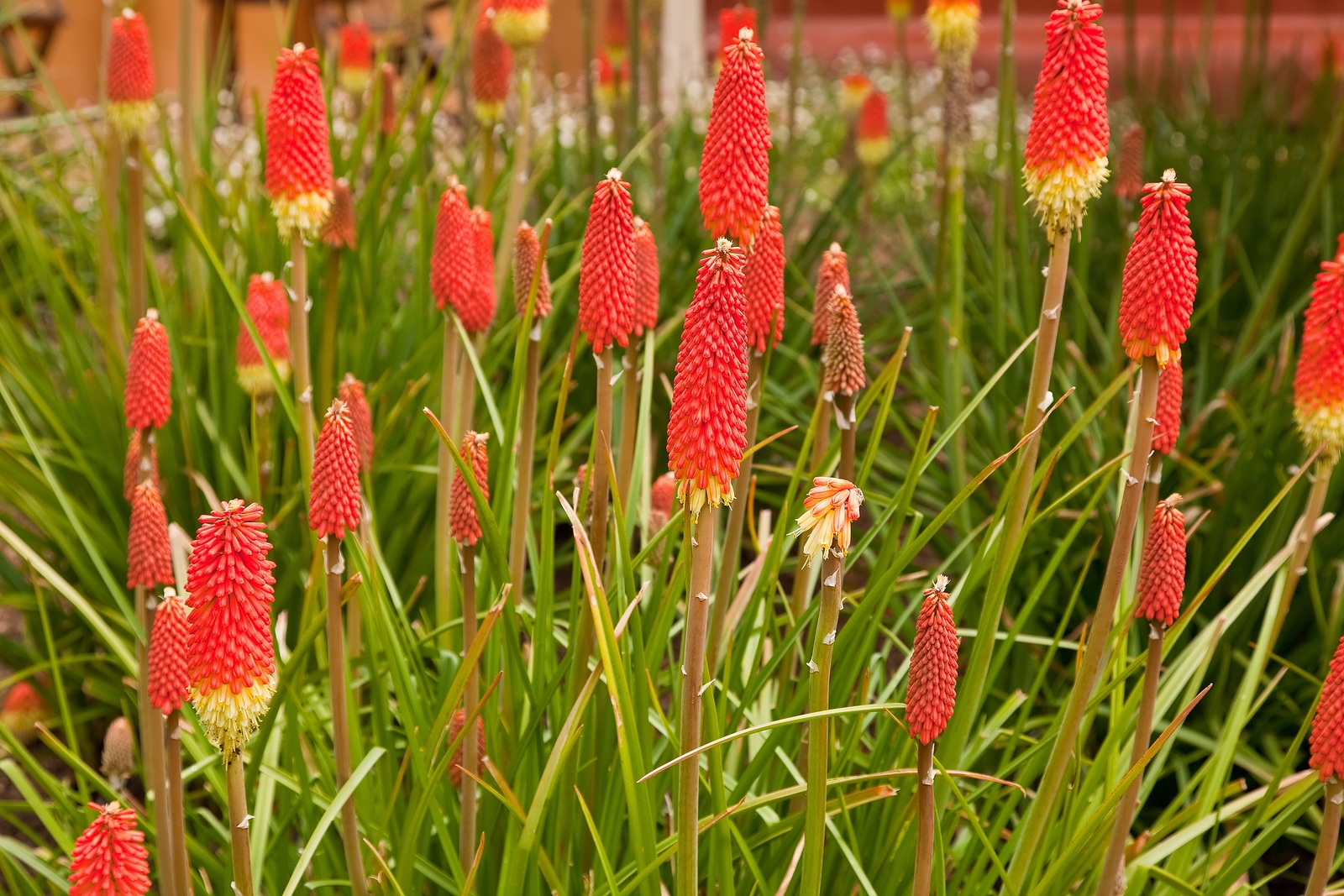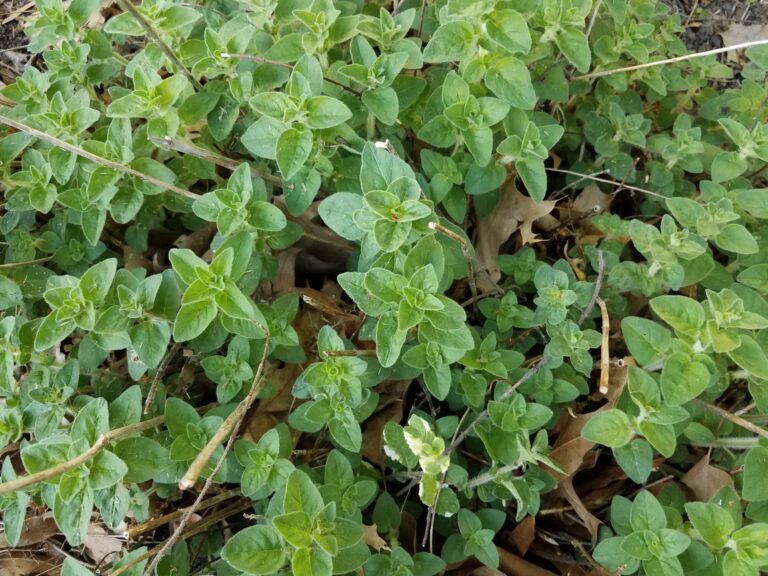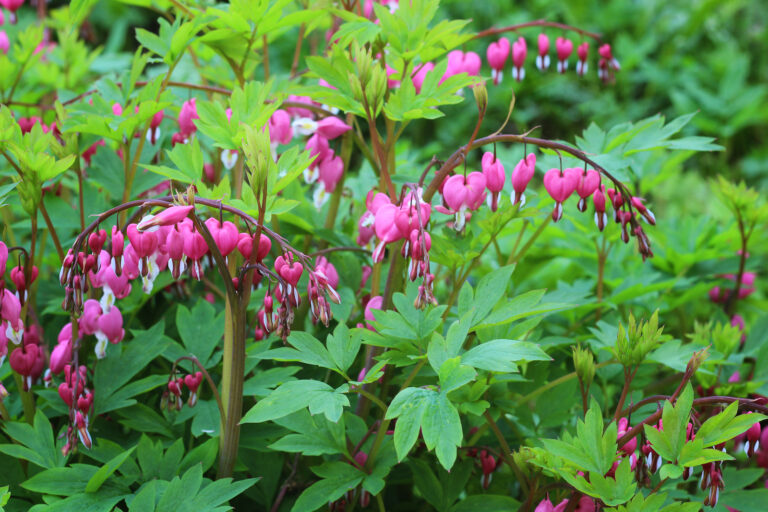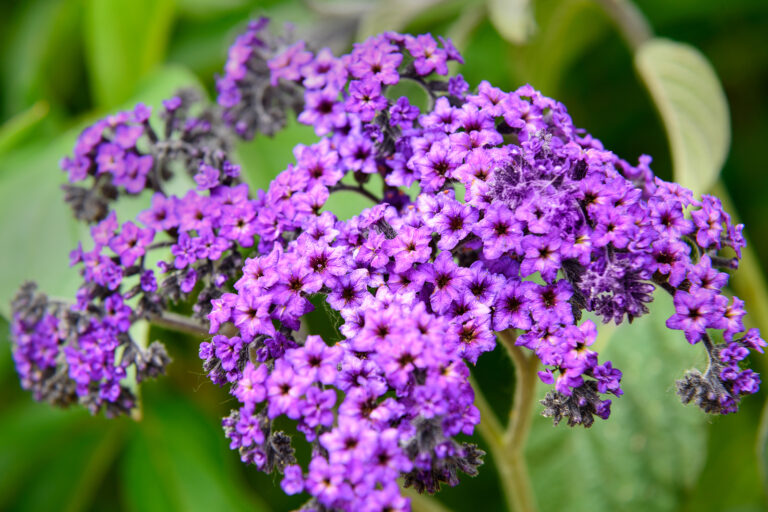How to Grow Red-Hot Poker — Kniphofia
Kniphofia–commonly called red-hot pokers or torch lily–make a bold statement in the garden. Two-foot flowering spikes look like flaming torches rising above erect fountain-like clumps of grassy leaves.
Kniphofia tolerates heat and drought but will survive sub-zero temperatures.
Seed sown indoors in very early spring will sometimes produce flowering plants the following autumn. Give young plants a loose, well-drained, rather poor soil in a sheltered but sunny location. A dark green hedge provides an especially effective background as well as protection from strong winds which can damage the tall flowers.
In cold winter regions, rhizomes should be dug up in the fall and stored in dry earth in a cool, but not freezing place. Seeds can be sown outdoors in early summer.
There are many species, some dwarf ones are well suited for rock gardens.
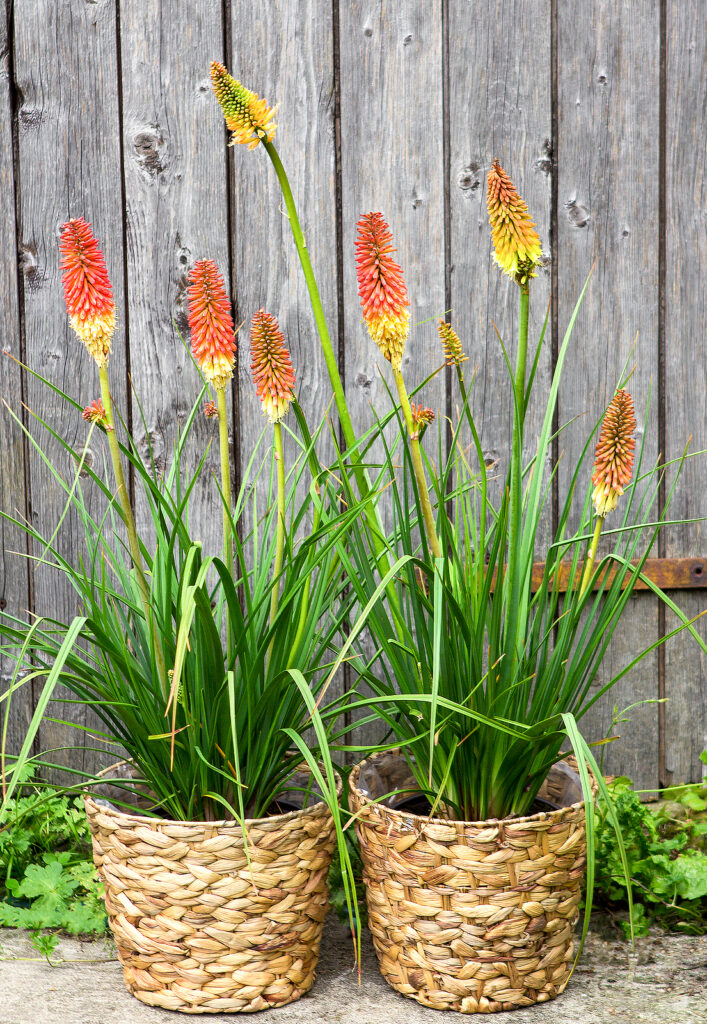
Get to know Kniphofia
- Plant type: Perennial
- Growing Zones and range: Zlones 5-9
- Hardiness: -10°F (-23C°); tolerate considerable heat
- Height and width: 3 to 4 feet (1-1.2m) tall and wide
- Foliage: Thick clumps of coarse grassy leaves, erect or fountainlike, 3 to 4 feet (1-1.2m), and flowering spikes another 2 feet ((.6m) high
- Flowers: Tubular flowers looking like flaming torches
- Flower colors: Yellow at the bottom and red-orange at the top; hybrids are also cream, pink, and salmon
- Bloom time: Spring to fall depending variety
- Uses: Mixed borders, containers
- Garden companions: ornamental grasses, coreopsis
- Common name: Red-hot poker, torch lily
- Botanical name: Kniphofia uvaria
- Family: Liliaceae
- Origin: Southern and tropical Africa
Where to plant Kniphofia
- Plant Kniphofia in full sun in Zones 5-7; plant in part shade in hot summer areas in Zones 7-9.
- Grow Kniphofia in humus-rich to average, well-drained soil.
Kniphofia uses and companions
- Use Kniphofia in borders or naturalistic large-scale rock gardens.
- Good garden companions for Kniphofia include Achillea, Agapanthus, Anchusa, Boltonia asteroides, Gypsophila paniculata, Hemerocallis, Nepeta.
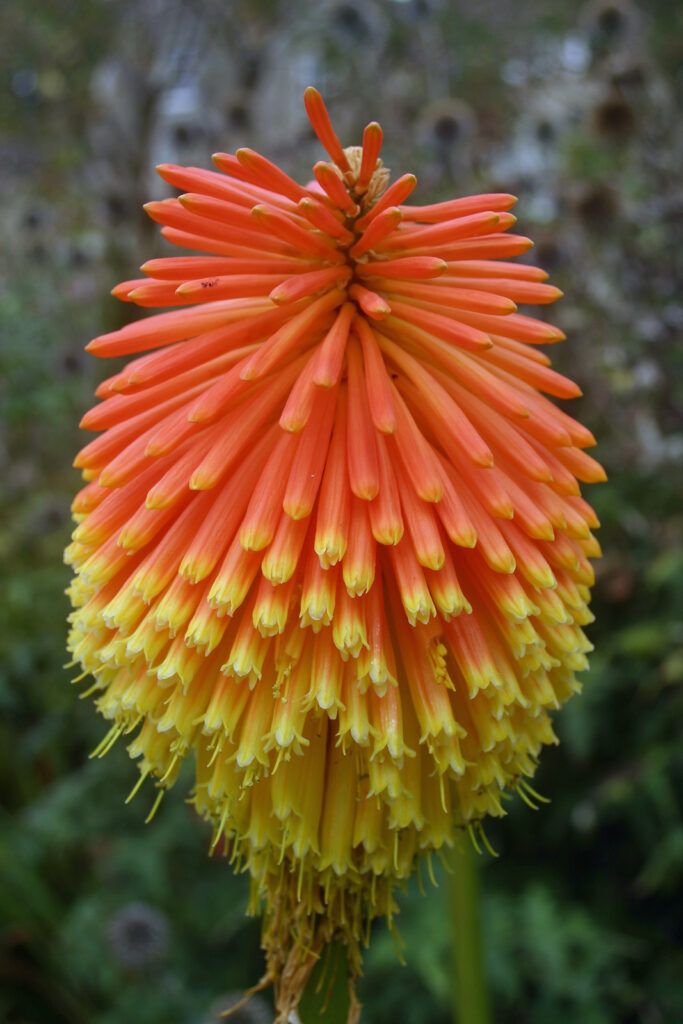
When to plant Kniphofia
- Set established plants in the garden in spring or fall.
- Sow seed in spring.
Planting and spacing Kniphofia
- Space Kniphofia 3 to 4 feet (1-1.2m) apart.
- Sow seed 1/8 inch deep in evenly prepared soil.
How to water and feed Kniphofia
- Keep the soil evenly moist around red-hot pokers.
- Kniphofia does not need regular fertilizing.
Kniphofia care
- Mulch around red-hot pokers to conserve soil moisture.
- Trim away spent flower spikes.
- Cut Kniphofia back by half after flowering especially if leaves are unsightly.
- In Zones 5-7 tie leaves over the crown with twine in winter to help the plant shed water; the crown will rot if wet too long.
Kniphofia pests and disease
- Kniphofia is susceptible to leaf spot and crown rot.
- Thrips can cause mottling on leaves.
Kniphofia propagation
- Divide or plant the seed in spring. Seedlings can take 3 or 4 years to bloom.
- Small plants form at the base of each plant; these can be divided and replanted.
- Kniphofia seeds germinate in 20 to 30 days at 70° to 75°F (21°-24°C).
Kniphofia varieties to grow
- Kniphofia uvaria, common torch lily: clump-forming perennial grows to 2 feet tall and wide; bears spikes of red-orange and yellow flowers; plants can grow to 4 feet tall in bloom; long-blooming varieties include ‘Little Maid’, ‘Citrina’, and ‘Royal Castle’; ‘Alcazar’ has orange flowers and grows to 42 inches tall; ‘Flamenco’ is easy to grow; ‘Ice Queen’ has yellowish-white flowers.
- Two-foot-high dwarfs are available.

